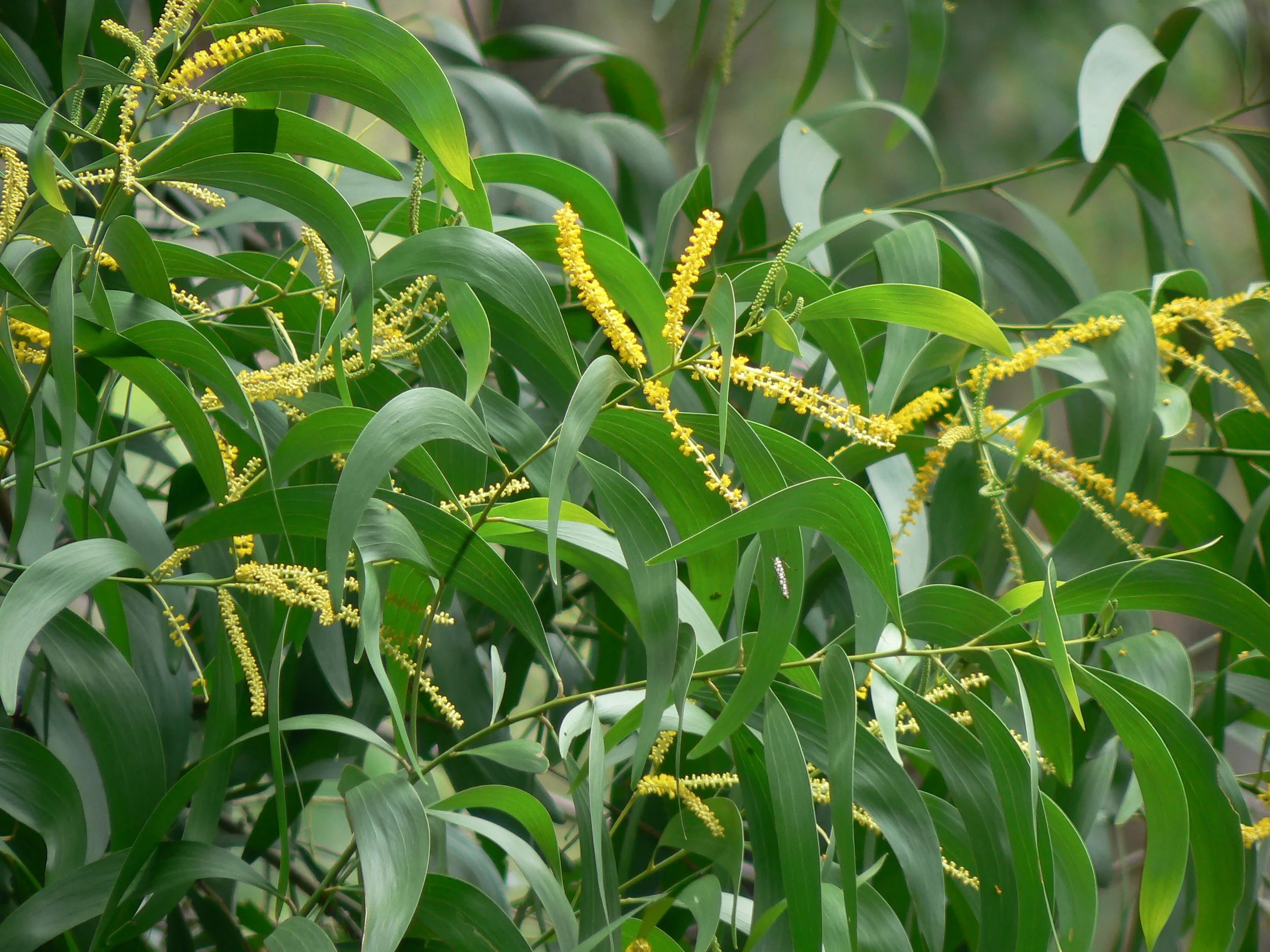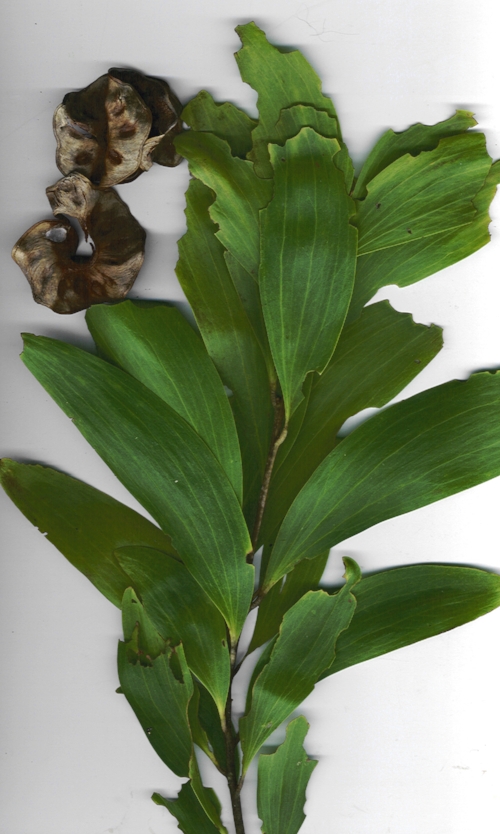Source: Alchetron
NAME: Acalypha wilkesiana
FAMILY: Euphorbiaceae
COMMON NAMES: Starburr, copperleaf, Jacob’s coat, Fijian fire plant
LOCAL NAMES: Dangunro-gogoro , kaashinyaawo
USEFUL PART(s): Leaves,whole plant
GENERAL USES:
It is usually used as hedge
Houseplant for ornamental purpose
Young shoots are edible and eaten as cooked vegetable
GEOGRAPHIC DISTRIBUTION
Vanuatu
Australia
Bahamas
Brazil
Kenya
Nigeria
Uganda
Vietnam.
WHY IS IT GREEN?
Acalypha wilkesiana medicinal uses include:
Yellow Fever
Tuberculosis
Stomach disorder
Cough
Purgative
Rheumatism
Migraine
FURTHER READINGS
Adesina, S. K., Idowu, O., Ogundaini, A. O., Oladimeji, H., Olugbade, T. A., Onawunmi, G. O., & Pais, M. (2000). Antimicrobial constituents of the leaves of Acalypha wilkesiana and Acalypha hispida. Phytotherapy Research, 14(5), 371–374. https://doi.org/10.1002/1099-1573(200008)14:5<371::AID-PTR625>3.3.CO;2-6
Akpomie, O. O., & Olorungbon, S. (2011). Antimicrobial screening of Terminalia avicennoides and Acalypha wilkesiana. African Journal of Biotechnology, 10(2), 180–182. Retrieved from http://www.academicjournals.org/AJB/PDF/pdf2011/10Jan/Akpomie and Olorungbon.pdf%5Cnhttp://ovidsp.ovid.com/ovidweb.cgi?T=JS&CSC=Y&NEWS=N&PAGE=fulltext&D=cagh&AN=20113054217%5Cnhttp://oxfordsfx.hosted.exlibrisgroup.com/oxford?sid=OVID:caghdb&id=pmid:&id=doi:&i
Anokwuru, C. P., Sinisi, A., Samie, A., & Taglialatela-Scafati, O. (2015). Antibacterial and antioxidant constituents of Acalypha wilkesiana. Natural Product Research, 29(12), 1180–1183. https://doi.org/10.1080/14786419.2014.983105
Awe, F. A., Giwa-Ajeniya, A. O., Akinyemi, A. A., & Ezeri, G. N. O. (2013). Phytochemical Analysis of Acalypha Wilkesiana , Leucaena Leucocephala , Pepperomia Pellucida And Sena Alata Leaves. The International Journal of Engineering And Science, 2(9), 41–44. Retrieved from http://www.theijes.com/papers/v2-i9/Part.2/F0292041044.pdf
Ikewuchi, J. C. (2013). Moderation of hematological and plasma biochemical indices of sub-chronic salt-loaded rats, by an aqueous extract of the leaves of Acalypha wilkesiana “Godseffiana” Muell Arg (Euphorbiaceae). Asian Pacific Journal of Tropical Medicine, 6(1), 37–42. https://doi.org/10.1016/S1995-7645(12)60197-7
Ikewuchi, J. C., Anyadiegwu, A., Ugono, E. Y., & Okungbowa, S. O. (2008). Effect of Acalypha wilkesiana Muell Arg on plasma sodium and potassium concentration of normal rabbits. Pakistan Journal of Nutrition, 7(1), 130–132.
Ikewuchi, J. C., Onyeike, E. N., Uwakwe, A. A., & Ikewuchi, C. C. (2011). Effect of aqueous extract of the leaves of Acalypha wilkesiana “Godseffiana” Muell Arg (Euphorbiaceae) on the hematology, plasma biochemistry and ocular indices of oxidative stress in alloxan induced diabetic rats. Journal of Ethnopharmacology, 137(3), 1415–1424. https://doi.org/10.1016/j.jep.2011.08.015
Ikewuchi, J. C., Uwakwe, A. A., Onyeike, E. N., & Ikewuchi, C. C. (2011). Hepatoprotective effect of an aqueous extract of the leaves of Acalypha wilkesiana “Godseffiana” Muell Arg (Euphorbiaceae) against carbon tetrachloride induced liver injury in rats. EXCLI Journal, 10, 280–289.
Mahale, G., Sunanda, S., & Sunanda, R. K. (2003). Silk dyed with Acalypha (Acalypha wilkesiana) and its fastness. Indian Journal of Fibre and Textile Research, 28(1), 86–89.
Soladoye, M. O., Sonibare, M. A., & Rosanwo, T. O. (2008). Phytochemical and morphometric analysis of the genus Acalypha Linn. (Euphorbiaceae). Journal of Applied Sciences, 8(17), 3044–3049. https://doi.org/10.3923/jas.2008.3044.3049










